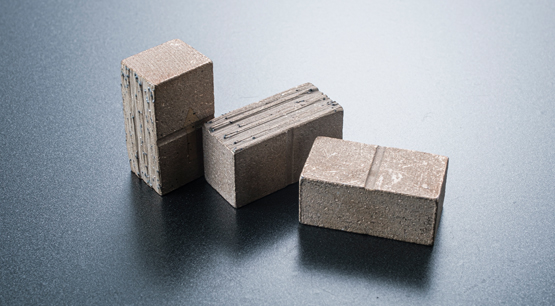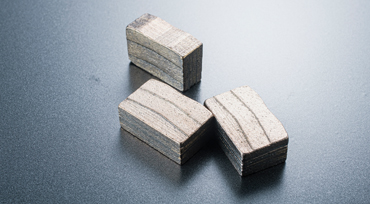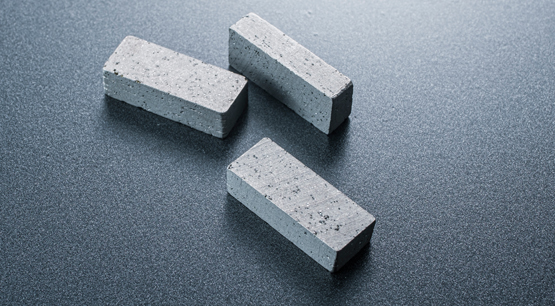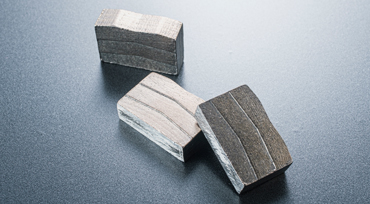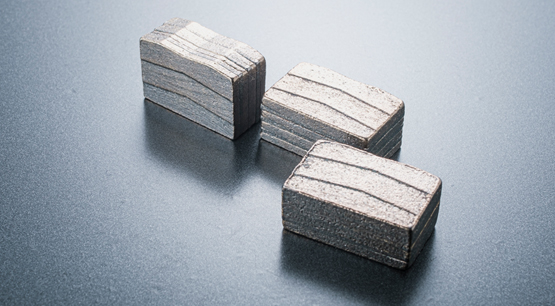The diamond segment will encounter two important processing links in the forming process, both of which must use molds, the first is cold pressing, and the second is hot pressing sintering.
1: The process of cold pressing is to press the fully stirred metal and diamond powder, so that the powder is formed into a block through a cold pressing die, and the shape required by the segment is directly formed.
The cold pressing die includes five parts: upper indenter, lower indenter, center plate, front end plate, and rear end plate. Use the arrangement order of each part to form the cavity required by the segment, fix the periphery of the cold-pressing mold, so that the cavity will not deform after being pressurized, and then add the required powder in the cavity and put it into the upper indenter. And high pressure is applied to stop the pressurization when the powder is changed from loosening to a solid shape of the desired shape of the segment, the fixing devices around the cold-pressing die are separated, and the cold-pressing die is separated, and the segments are taken out one by one, and then arranged manually. Blade, ready to use.
The cold pressing die is made of high manganese steel or refined steel, which has the characteristics of strong compression resistance, sufficient rigidity, strong impact resistance and not easy to bend. With the wide application of Mn steel, it has occupied most of the market of cold pressing dies.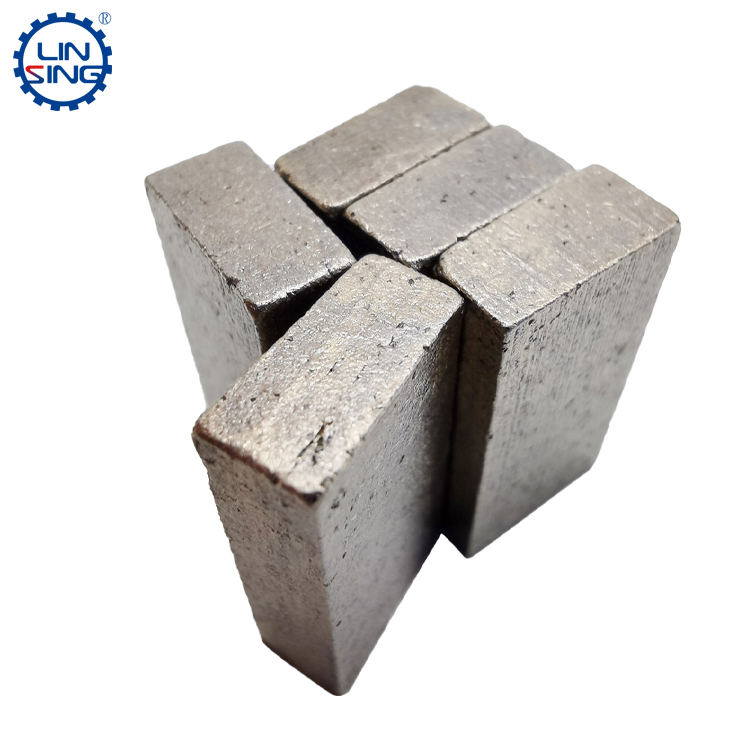
2: Hot-pressing sintering means placing the cold-pressed diamond segment in a hot-pressing mold and forming at high temperature and high pressure. The hot-pressing die includes five parts: the upper indenter, the lower indenter, the middle plate, the end plate, and the side plate. Each part is arranged in sequence to form a cavity, and a cold-pressed diamond segment is placed in the cavity. After fixing the periphery of the hot-pressing die, it is placed in a sintering equipment, so that the diamond segment is melted under high temperature and high pressure to form an alloy. Final forming, finally cooling down and decompression, removing the fastening device, and taking out the diamond bit.
The hot-pressed sintered molds are all processed with graphite abrasive tools, mainly because graphite has good electrical conductivity, and its thermal conductivity is better than that of general non-metallic materials and some metal materials. The compressive strength of dense graphite can reach 45MPa. Therefore, graphite is often used as a heat-generating molding material. The hot-pressed diamond segment selects graphite as the hot-pressing die material, which is based on these characteristics of graphite.
And graphite has a small thermal expansion coefficient, it can withstand rapid changes in temperature without cracking; the block matrix material is mostly metal, and its thermal expansion coefficient is much larger than that of graphite, which brings convenience for demolding; in addition When graphite is hot pressed, the surface reacts with oxygen to generate CO or CO2 gas, which can protect the diamond and matrix material from oxidation; the low hardness of graphite is convenient for machining. With so many advantages, it is very necessary to choose graphite abrasives for diamond segments.
Of course, graphite as a mold material also has certain shortcomings, mainly because its porosity is very large compared to metal materials. Therefore, during hot pressing, liquid metal (melted low melting point component) may be squeezed into the gap, so that the mold becomes brittle and easy to crack, or the mold wall is rough and deformed when the mold is unloaded, which affects the uses.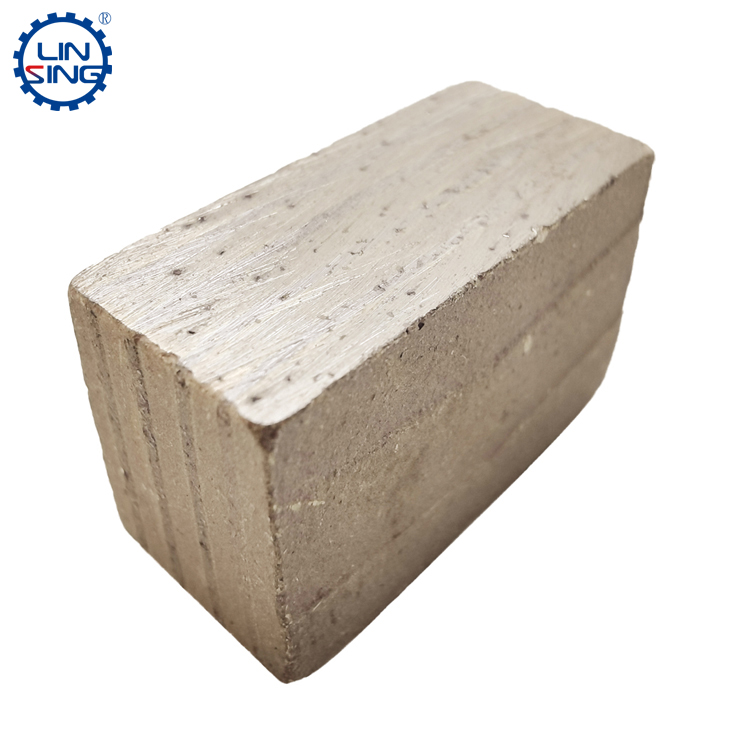
Therefore, in order to meet the requirements of the hot pressing process conditions, when selecting the graphite grade of the hot pressing mold, the following requirements should be met as much as possible:
Ⅰ. Compressive strength≥35~45MPa;
Ⅱ. High density and small porosity, generally choose density above 1.6g/cm3, porosity<30%.
Of course, the shortcomings of graphite abrasives can also be avoided in technology, such as choosing a vacuum sintering machine, such as using a mold release agent or rapid cooling for mold release, and can also prolong the use of graphite abrasives.

What material is used for diamond segment mold
Publish date:2022-07-13 16:58:14 Article From:Linsing Diamond Tools Clicks:



